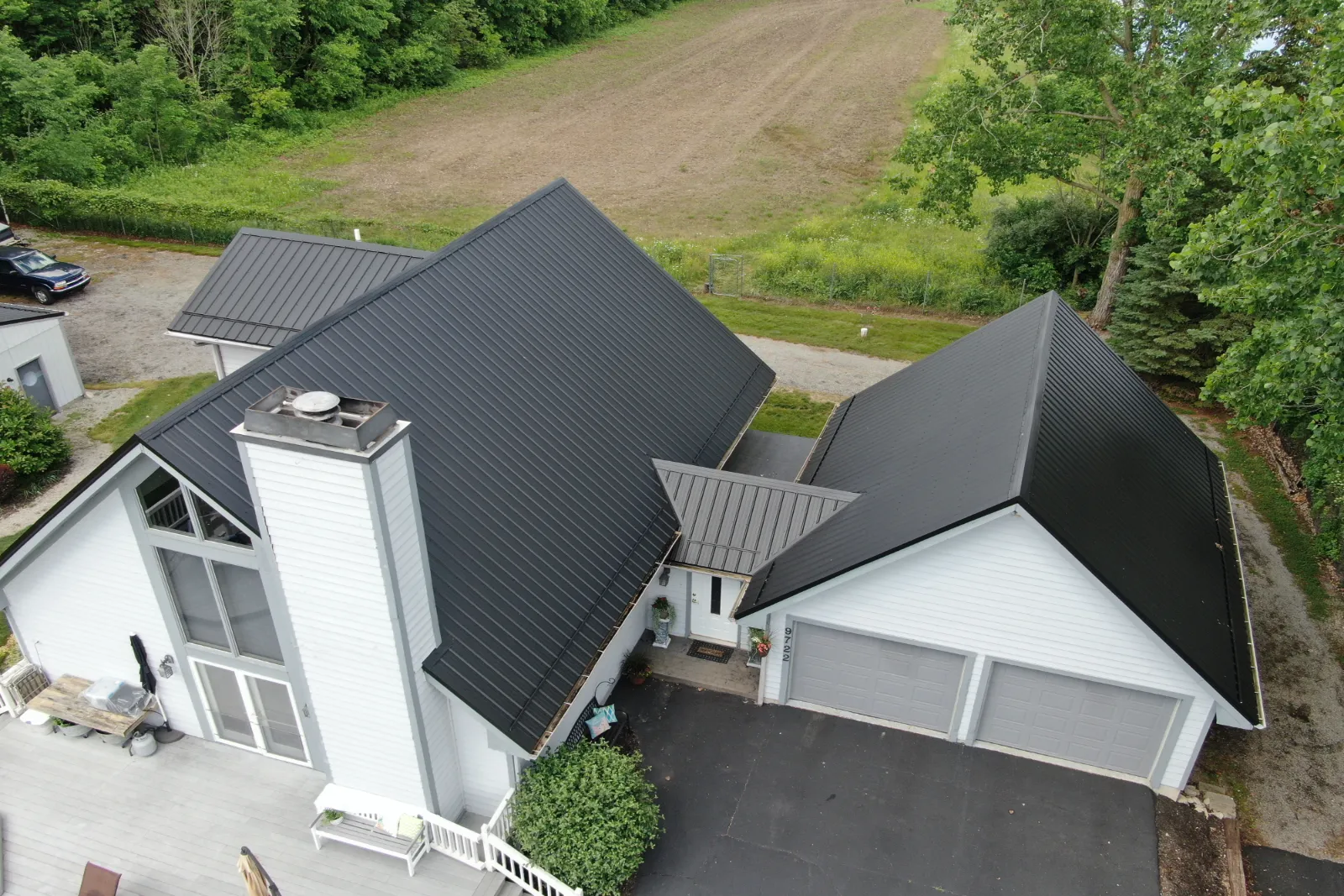Metal roofing has rapidly grown in popularity among homeowners and businesses alike, and for good reasons. Not only does it offer durability and longevity, but it also provides energy efficiency that can lead to significant cost savings. One of the most common misconceptions about metal roofing is its impact on a building’s temperature, especially during the summer months. Let’s debunk some myths and dive deep into the world of metal roofing.
The Science Behind Metal Roofing and Heat
Metal roofs are designed with energy efficiency in mind. They come with several features that help in maintaining a cooler indoor environment:
1. Low Thermal Mass
Unlike materials like slate or concrete, which have a high thermal mass and retain heat effectively, metal roofs have a low thermal mass. This means they don’t store heat for extended periods, allowing them to adapt quickly to temperature changes.
2. High Reflectivity
One of the standout features of metal roofs is their ability to reflect sunlight. A significant portion of the sunlight that hits metal roofs is reflected away, reducing the amount of heat absorbed. This reflective property is especially beneficial in areas with hot climates, ensuring buildings remain cooler and more energy-efficient.
3. Cool Roof Effect
Thanks to their reflective properties, metal roofs are often categorized under “cool roofs.” These roofs are designed to reflect more sunlight and absorb less heat compared to standard roofs, leading to energy savings and enhanced indoor comfort.
How Metal Roofs Combat Solar Radiation
When designed for optimal performance, metal roofs with high solar reflectiveness and elevated thermal emittance will have a lower surface temperature than roofs with low reflectance and emittance levels. Such a cool metal roof ensures reduced heat uptake in spaces beneath it, be it an attic or living area. This results in a comfortable living environment and decreased energy consumption for both heating and cooling. Opting for a cool metal roof can also lead to financial benefits through reduced cooling expenses.
The Role of Colors and Coatings
The choice of color and coating on a metal roof plays a pivotal role in determining its heat absorption levels. Lighter colors are generally more effective in reflecting sunlight, leading to better energy savings. Even dark-colored metal roofs outperform traditional shingles in terms of energy efficiency.
At 4Ever Metal Roofing, we understand the importance of high-quality coating systems. Partnering with industry leaders ensures that our customers receive the best performance options for their roofing needs.
Importance of Insulation Materials
Beyond color and coatings, insulation plays a crucial role in enhancing a metal roof’s performance. Proper insulation not only protects the roof but also ensures a comfortable indoor environment. It reduces noise during adverse weather conditions and minimizes moisture-related roofing issues. There are various insulation options available, such as fiberglass batts, rigid foam board, and spray foam insulation.
In Conclusion
So, does a metal roof make your home hotter in the summer? The definitive answer is no. Metal roofs, especially those enhanced with reflective coatings, can make indoor spaces feel cooler compared to untreated metal surfaces. This cooling effect doesn’t come from insulation but from the roof’s ability to redirect heat away from the building.
When considering metal roofing services in Fishers IN, it’s essential to choose a trusted partner. 4Ever Metal Roofing offers comprehensive solutions, from metal roof installation in Fishers IN to metal roof leak repair in Fishers IN. With our expertise, you can ensure a comfortable, energy-efficient, and long-lasting roofing solution for your home or business.

